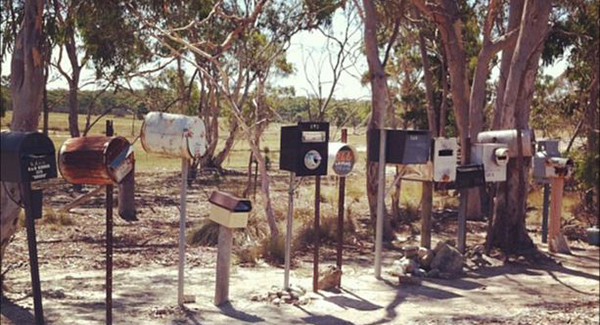- FEAL launches new scholarship in memory of co-founder and industry journalist Greg Bright
- Honner named inaugural sponsor of scholarship recognising excellence in superannuation communications
SYDNEY, 18 June 2025: Superannuation industry body FEAL has launched a new educational scholarship in memory of its co-founder and leading industry journalist Greg Bright, who passed away in 2024.
A pioneering voice in the Australian superannuation industry, Greg conceived FEAL in 1999 with the goal of bringing together super fund executives of a rapidly growing sector to collaborate, share insights and strengthen leadership. His vision was to cultivate a generation of world-class professionals who would steward the growing retirement outcomes of working Australians.
Greg’s influence extended across both media and industry, and he always knew how to back a winner. He established industry magazine Super Review in 1986 following the Prices and Incomes Accord Mark II where the ACTU agreed to forgo a national 3% wage increase in exchange for employer-funded superannuation. It would be another six years before the Keating Government’s introduction of Australia’s Superannuation Guarantee in 1992.
It was the beginnings of a lifelong passion to support, promote and investigate an industry that today delivers meaningful retirement outcomes for millions of Australians.
A financial journalist and publisher for more than 30 years, Greg was known for his passion for communication as well as for supporting and nurturing emerging talent in the industry, acting as a mentor to many journalists and communicators who have gone on to have significant roles in the investment, super and financial services sector.
One of these was Super Review editor Philippa Honner who, with Greg’s encouragement, established financial communications and marketing firm Honner in 1997. It is fitting that Honner is the inaugural sponsor of the FEAL scholarship in Greg’s name.
About the Scholarship
Aligning with Greg’s passions the Greg Bright Scholarship for Excellence in Member Communications is focused on emerging leaders in the FEAL member funds and organisations who work in a role that involves member communications and who are passionate about making a tangible difference to how their fund / the industry communications with members.
The winner of the Scholarship will attend the highly regarded FEAL Emerging Leaders Program run by the Melbourne Business School (MBS). The program encompasses topics around leadership, taught be some of MBS’ senior faculty, and provides the opportunity to build connections with peers across the FEAL member funds and organisations. The scholarship winner will also have the opportunity to speak about member communications at a FEAL event.
FEAL Chair, Brian Delaney, spoke of the importance to FEAL of honouring Greg Bright’s role in establishing FEAL and the appropriateness of Honner as the inaugural sponsor of the Scholarship in his name.
“Greg’s vision for the superannuation funds to come together and collaborate to deliver leadership development to their executives and senior leaders has driven FEAL’s purpose for the last 26 years. The Scholarship recognises the critical importance of member communications and will provide the opportunity for an emerging fund executive to develop their leadership skills and build their profile in the industry.
“We are delighted that Honner has chosen to take up this sponsorship and join the organisations who support leadership of the superannuation industry through their sponsorship of FEAL,” he said.
Honner founder Philippa Honner said the decision to support the scholarship was both professional and personal.
“Greg was a huge influence on my early career. He backed me when I was starting out as a financial journalist and his steady mentoring and networking support helped give me the confidence to launch Honner at a time when being a young ‘entrepreneur’ wasn’t so fashionable.
“This scholarship reflects Greg’s joy in nurturing aspiring talent, his gift for telling great stories, and his hope that more people will get engaged and understand the value of their super. We’re incredibly proud to support this scholarship in his name.”


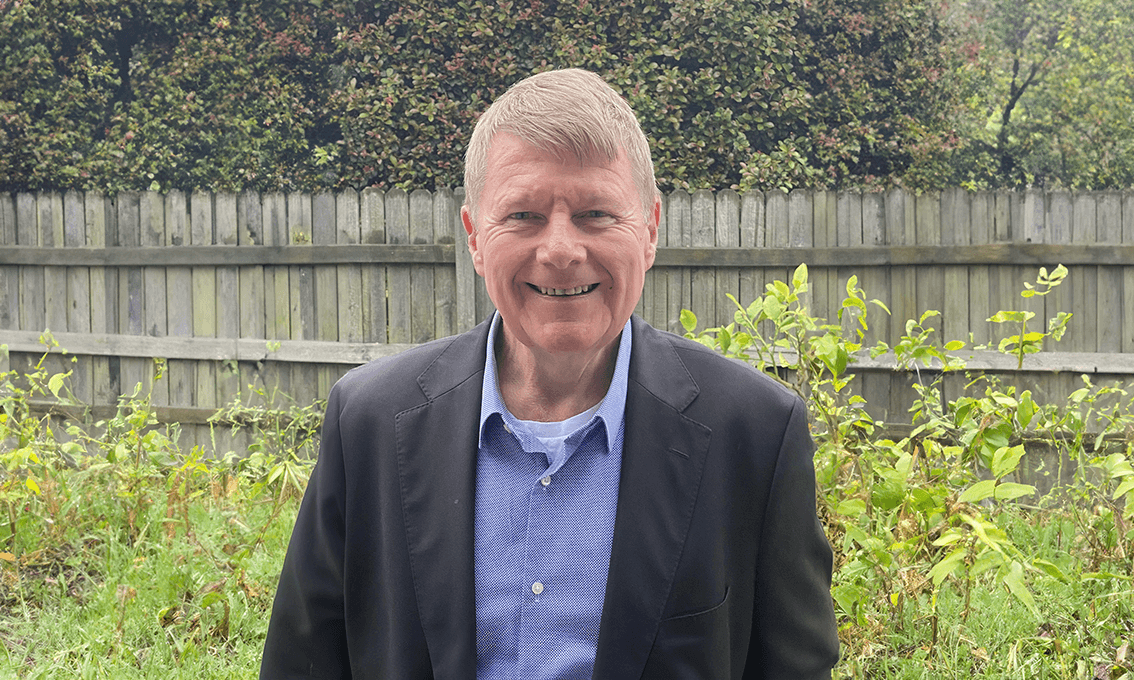


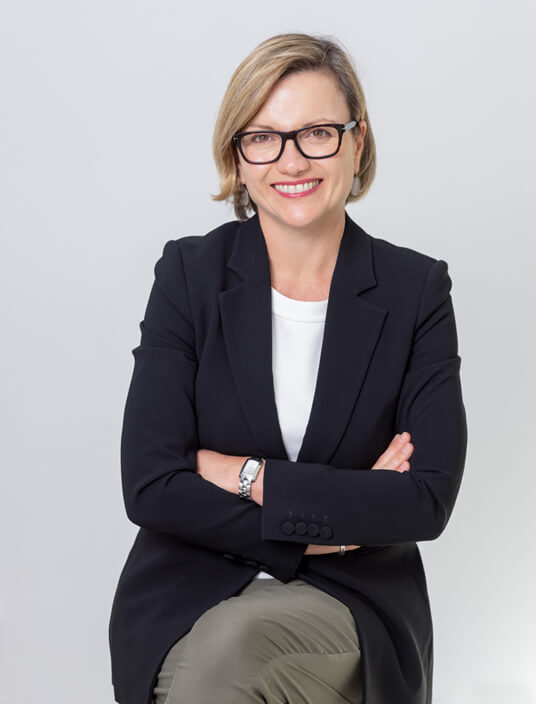




































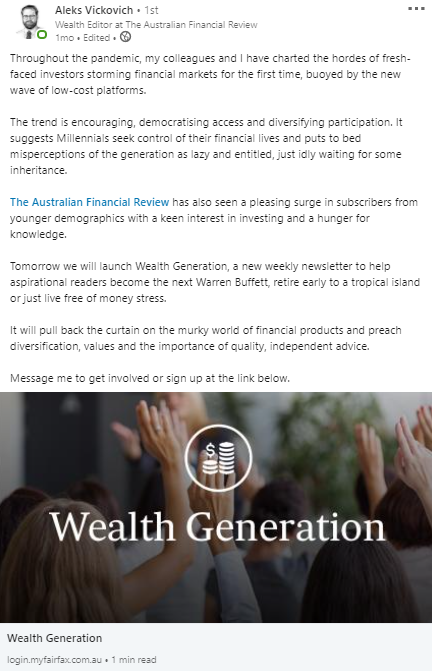










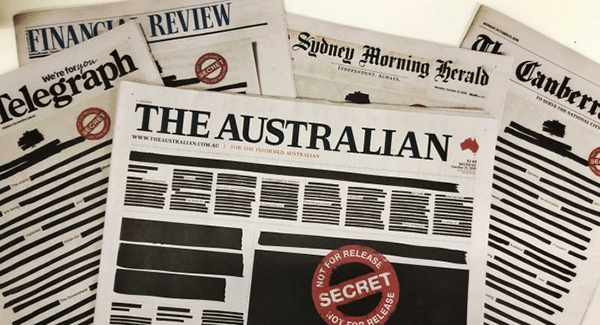


 the first acquisition by the group since
the first acquisition by the group since 